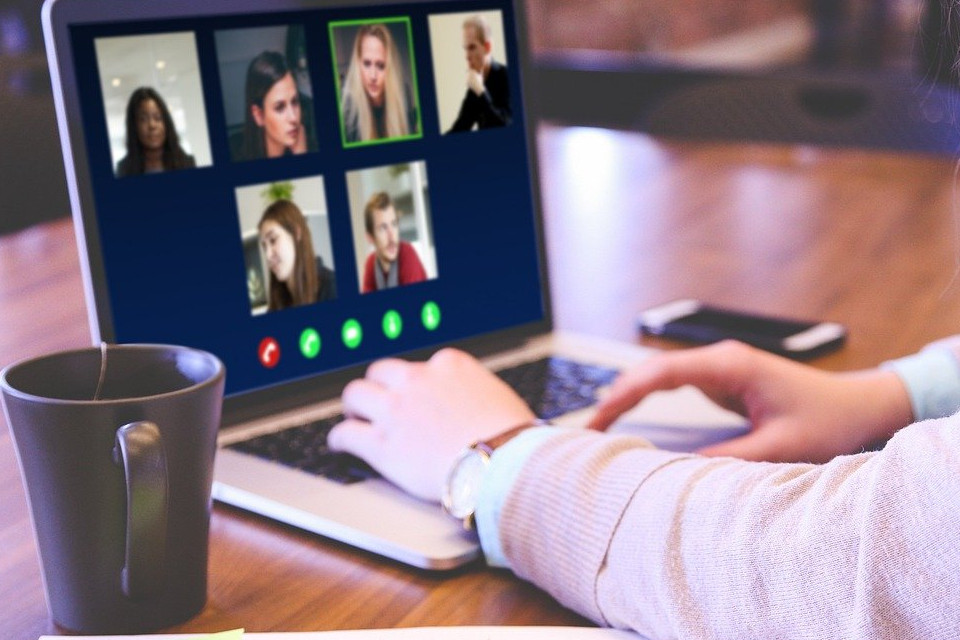Most employers around the world have now adapted to the new way of working. In terms of hiring, many who are fortunate to be in a position to onboard candidates are doing it like so many other processes – remotely.
According to TrueProfile.io, with remote working likely to be in place for the foreseeable future, employers should take note of several important lessons learned so far from COVID-19 to improve their remote recruiting strategy.
Alejandro Coca, Co-Head at TrueProfile, has outlined several lessons that have been learnt since the COVID-19 pandemic escalated:
1. Avoid a phone, use video
We strongly recommend that you set up as many of the interviews as video calls as possible, rather than by phone. This is because video interviews provide the candidate with a better level of interaction, and you can get to know the candidate through their body language and facial expressions more easily. To do this, make sure you use an appropriate video interviewing tool, such as Microsoft Teams, Google Meet or Zoom. Remember to prepare and check the platform in advance to avoid any connection issues, which can create a poor interview experience for the candidate.
2. Dress to impress
Interview and business attire have assumed a whole new meaning over the past decade, with different businesses varying in their definitions of what they consider ‘appropriate’ workplace attire. Whether it is a suit or a t-shirt, when it comes to conducting remote interviews it is important for interviewers to always dress in a way that reflects their company’s culture. This is because, as the candidate cannot see the working environment, the interviewer needs to be able to reflect the image and culture of the company to the candidate even more than before.
Alejandro added: “In addition to dressing for the company, interviewers should also allow a few minutes for a “Hello, how are you? How are you coping with lockdown?” conversation. This will help to break the ice, particularly as candidates may feel more nervous if they haven’t done a video interview before. Further, interviewers should ensure that they are being open and honest with the candidate about timelines and onboarding – this is an anxious time to be looking for a job and acknowledging that you appreciate this will go a long way.”
3. Cultural fit is more important than ever
Aside from keeping the above tips in mind, arguably when hiring new employees remotely the most important consideration is ensuring candidates are a good fit with your company and its culture. To really get a feel for their motivations, values and behaviour, ask competency-based questions rather than purely technical questions to test whether they can perform to your expectations of the role. These types of questions reveal a lot more information about what the interviewee is like as a person and you can tailor them to your company’s values.
4. Make use of technology before the interview
A final lesson that has been learnt is to make use of technology, even before launching into the actual process of speaking with candidates. Think about how much time it takes to screen 500 candidates, conduct virtual interviews and then make a final decision – you can end up piling a huge amount of your precious resources into this process. Technology can help alleviate some of the time-consuming pre-employment tasks, such as verifying the credentials of candidates, so your recruitment speed improves without sacrificing quality. For example, TrueProfile.io Recruiting gives employers access to a bank of pre-verified candidates, which can in turn help reduce time to hire, ensure the quality of hire and limit the overall cost of hiring.
Alejandro concluded: “Employers that are still figuring out how best to approach remote recruiting should firstly be mindful of some procedural considerations, particularly when it comes to using video conferencing tools over conducting the interview over the phone and treating it as though it is a face-to-face interview. They should then look to explore how technology can support them, particularly in the pre-employment phase and when it comes to improving hiring speed without compromising on candidate quality.”











